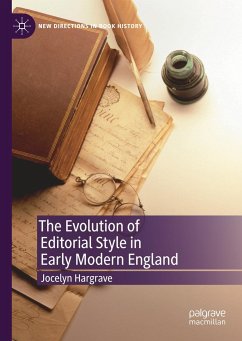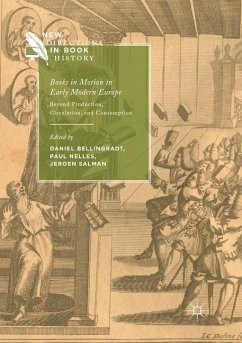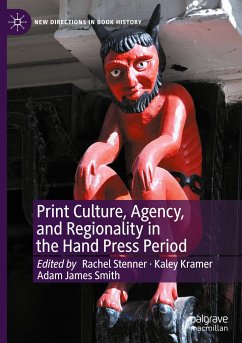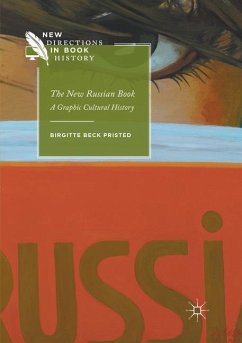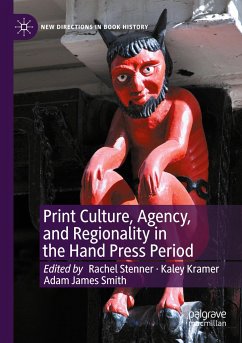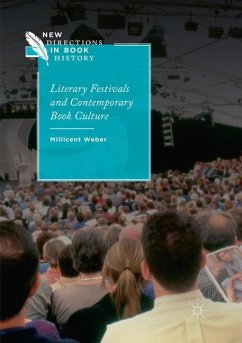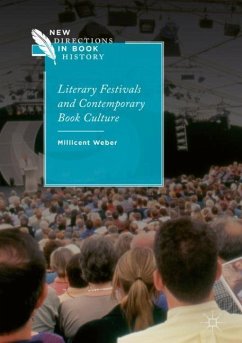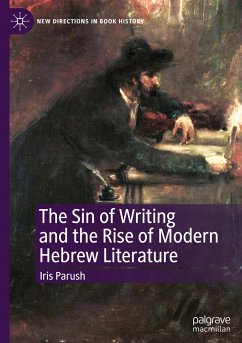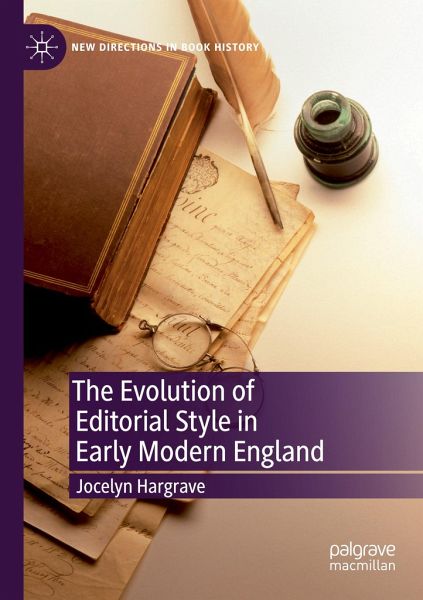
The Evolution of Editorial Style in Early Modern England
Versandkostenfrei!
Versandfertig in 6-10 Tagen
65,99 €
inkl. MwSt.
Weitere Ausgaben:

PAYBACK Punkte
33 °P sammeln!
This book provides a historical study on the evolution of editorial style and its progress towards standardisation through an examination of early modern English style guides. The text considers the variety of ways authors, editors and printers directly implemented or uniquely interpreted and adapted the guidelines of these style guides as part of their inherently human editorial practice. Offering a critical mapping of early modern style guides, Jocelyn Hargrave explores when and how style guides originated, how they contributed to the evolution of editorial practice and how they impacted the...
This book provides a historical study on the evolution of editorial style and its progress towards standardisation through an examination of early modern English style guides. The text considers the variety of ways authors, editors and printers directly implemented or uniquely interpreted and adapted the guidelines of these style guides as part of their inherently human editorial practice. Offering a critical mapping of early modern style guides, Jocelyn Hargrave explores when and how style guides originated, how they contributed to the evolution of editorial practice and how they impacted the overall publishing of content.





